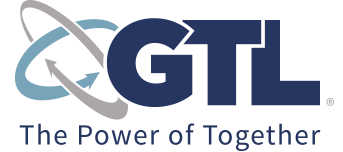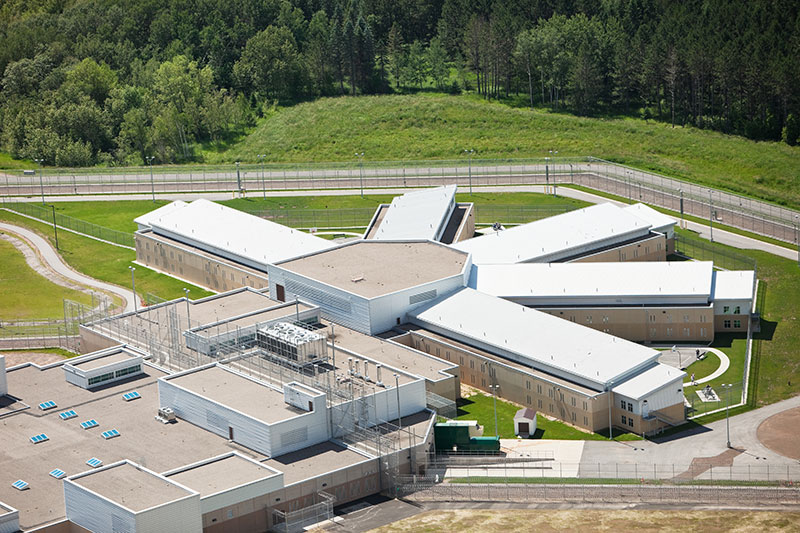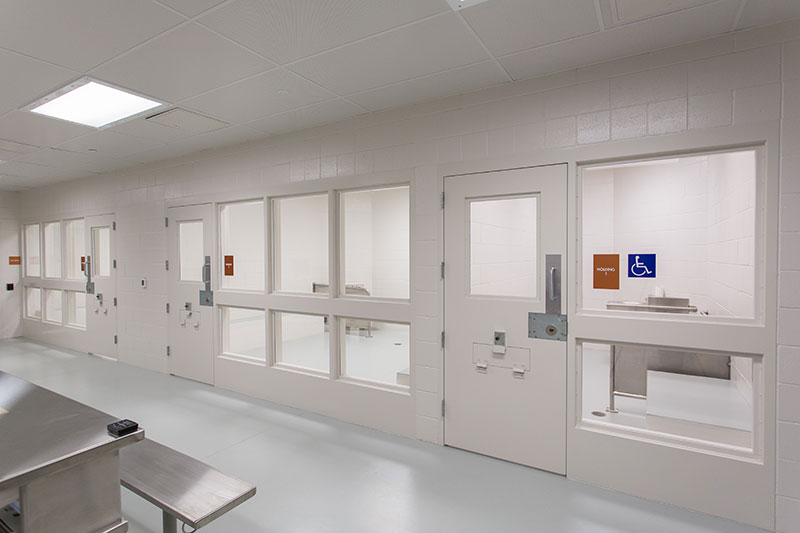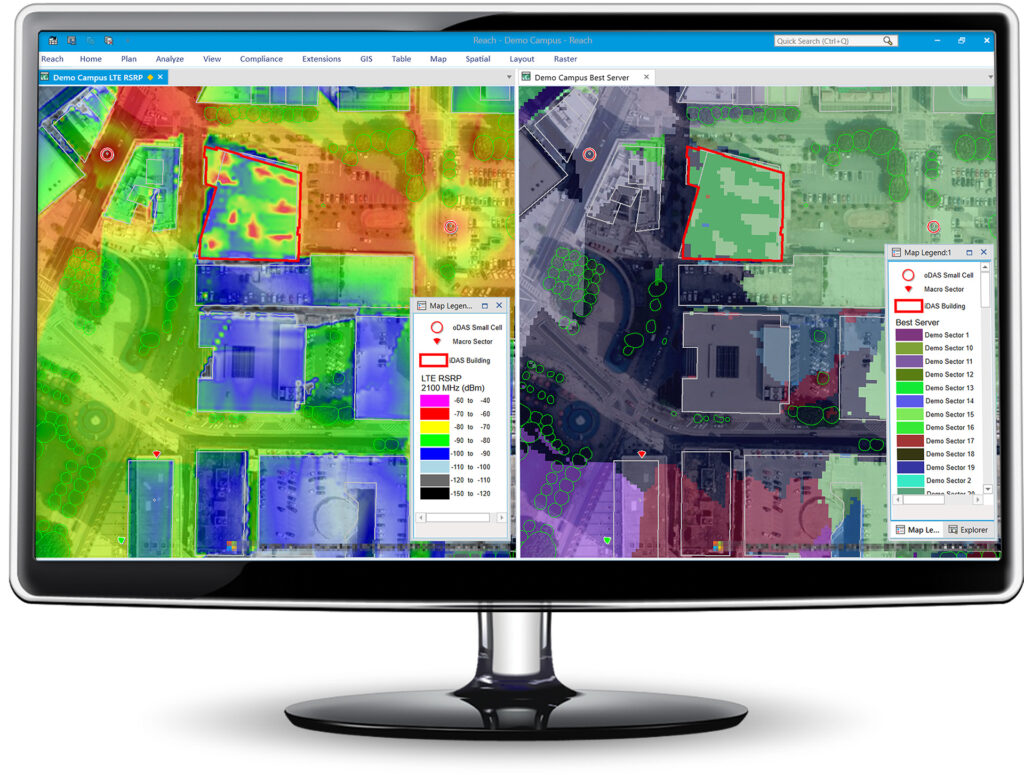Case Study: How GTL improved design accuracy & saved costs with iBwave Reach

See how our customer, GTL, used iBwave Reach to accurately simulate different design scenarios for their indoor/outdoor private wireless networks, gaining efficiencies and saving costs.
INTRODUCTION
iBwave customer, GTL, provides connected solutions for approximately 2,300 correctional facilities in 50 states, the District of Columbia, and Puerto Rico.
Traditionally correctional facilities require additional indoor wireless coverage only but are now challenged with how to efficiently and accurately design private wireless networks with an indoor/outdoor design to support the technology and education solutions they provide.
In this case study, we will share how GTL started using iBwave Reach – our indoor/outdoor network design solution – to solve a few of the key challenges they were previously experiencing.
THE CHALLENGES
GETTING ACCURATE SURVEY DATA FOR OUTDOOR ENVIRONMENT
iBwave Reach minimizes the need for on-site surveys now. The prediction data is obtained virtually through the software and gives a much more accurate and complete view of the survey data for all nodes on-site. Whereas before, they could only test one location at a time, with iBwave Reach they can now view all points and the various interactions between the nodes and run different analyses. Essentially, giving them a much more holistic view of the campus indoor/outdoor environment than what they would have typically received before iBwave Reach.
QUICKLY & ACCURATELY ASSESSING DESIGN SCENARIOS
It was difficult to determine whether an outdoor site was a good candidate for an oDAS node, so an indoor network was often just assumed by default the better choice to provide the required coverage. They needed a simpler and more efficient way to simulate predictive models of the site to make better decisions around network planning.
COSTS
Determining if an oDAS node can serve multiple indoor locations will be the most efficient solution; baseline testing and gathering CW measurements are required. Often this is a time-consuming and expensive undertaking because of the number of outdoor nodes that can surround the buildings in a campus environment. Usually, this part of a project alone can cost anywhere from $40K for a simple site, but upwards of $200K for a more complex site.
THE SOLUTION
iBwave Reach
iBwave Reach is our indoor/outdoor network design software solution used by our customers as a more accurate way to determine the impact of indoor and outdoor networks in campus environments.
By utilizing the power of iBwave Reach, GTL was able to overcome the key challenges of acquiring accurate survey data for the correctional facilities and accurately simulate different design scenarios to make better and more informed decisions. It also helped that by using iBwave Reach the survey could now be performed virtually – eliminating the typical costs spent on travel and on-site walks.
THE RESULTS
ACQUIRING ACCURATE PREDICTION DATA
iBwave Reach minimizes the need for on-site surveys now. The prediction data is obtained virtually through the software and gives a much more accurate and complete view of the survey data for all nodes on-site. Whereas before, they could only test one location at a time, with iBwave Reach they can now view all points and the various interactions between the nodes and run different analyses. Essentially, giving them a much more holistic view of the campus indoor/outdoor environment than what they would have typically received before iBwave Reach.
QUICKLY & ACCURATELY SIMULATING DESIGN SCENARIOS
Because they could obtain the prediction data with iBwave Reach, they can now simulate different what–if scenarios to assess how the network would perform in different design configurations. For example, they could tweak the antenna elevations, orientations, and down tilts on the fly and then simulate each configuration’s impact on both indoor and outdoor networks. Having the ability to do this resulted in being able to make faster, more informed, and confident decisions about the final design plan.
COST SAVINGS
While accuracy and decision-making were two of the main benefits realized by GTL, the additional benefit of cost savings when it comes to baseline and CW testing was also recognized. iBwave Reach provided GTL with not only a more accurate way to design and analyze campus projects but a much more efficient way to capture and have visibility of the campus private network’s indoor/outdoor coverage, all while shortening the project life cycle. By using iBwave Reach, GTL could import 3D geodata, quickly create custom 3D buildings and reduce the need for time-consuming and sometimes costly site walks and CW testing. Using iBwave Reach for campus projects, GTL saves an estimated 20% of their usual costs by eliminating the lengthy site walks and getting greater visibility with iBwave Reach instead.
20%
COST SAVINGS

ELIMINATED LENGHTY SITE WALKS
Using iBwave Reach in conjunction with our indoor design solution iBwave Design, GTL now has a much more accurate and seamless way to survey, plan and design the private networks they work on day in and day out.


